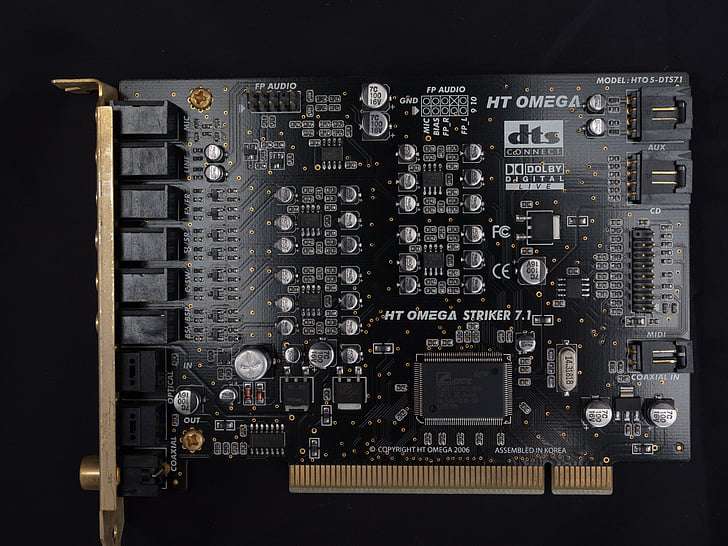Product Red is a global brand that partners with various companies to raise awareness and funds to combat HIV/AIDS, malaria, and other diseases in Africa. Many consumers wonder if purchasing a Product Red item will cost more than its traditional counterpart. This article aims to explore this question by looking at three different aspects: pricing strategies, production costs, and consumer perceptions. By understanding these factors, we can determine whether or not Product Red products actually come with a higher price tag.

Pricing Strategies:
One argument that suggests Product Red items may come at a higher cost is the pricing strategy employed by companies. Some critics argue that businesses use the Product Red brand to justify increased prices, taking advantage of consumers who want to contribute to a good cause. However, research shows that most companies absorb the cost difference themselves, without passing it onto consumers. They see Product Red as an opportunity for corporate social responsibility and a way to give back. Therefore, the overall impact on pricing is minimal.
Production Costs:
Another factor to consider when determining if Product Red items cost more is the production costs associated with incorporating the red branding. Companies need to redesign packaging, labels, and marketing materials to fit the Product Red theme. These additional costs may cause some companies to increase the retail price slightly. However, it is important to note that these costs are often negligible compared to the total production expenses. Therefore, the increased production costs are unlikely to significantly impact the final price for most Product Red items.
Consumer Perceptions:
Consumer perceptions can also play a role in determining whether or not Product Red products are more expensive. Many individuals believe that purchasing a Product Red item is a way to make a difference and support a good cause. Therefore, they may be willing to pay a slightly higher price because they see it as a form of donation. In this case, the perceived value of the cause outweighs any concerns over price. As a result, consumers may be more inclined to support Product Red, even if it means paying a slightly higher price.
In conclusion, while there may be some instances where Product Red items are priced slightly higher, the overall cost difference is minimal. Most companies absorb the additional costs associated with the Product Red branding, and the production expenses are unlikely to significantly impact the final price. Additionally, consumer perceptions often prioritize the cause over the price, leading to continued support for Product Red. Therefore, if you are interested in making a contribution to fight against HIV/AIDS and other diseases in Africa, purchasing a Product Red item is a meaningful way to show your support without breaking the bank.
